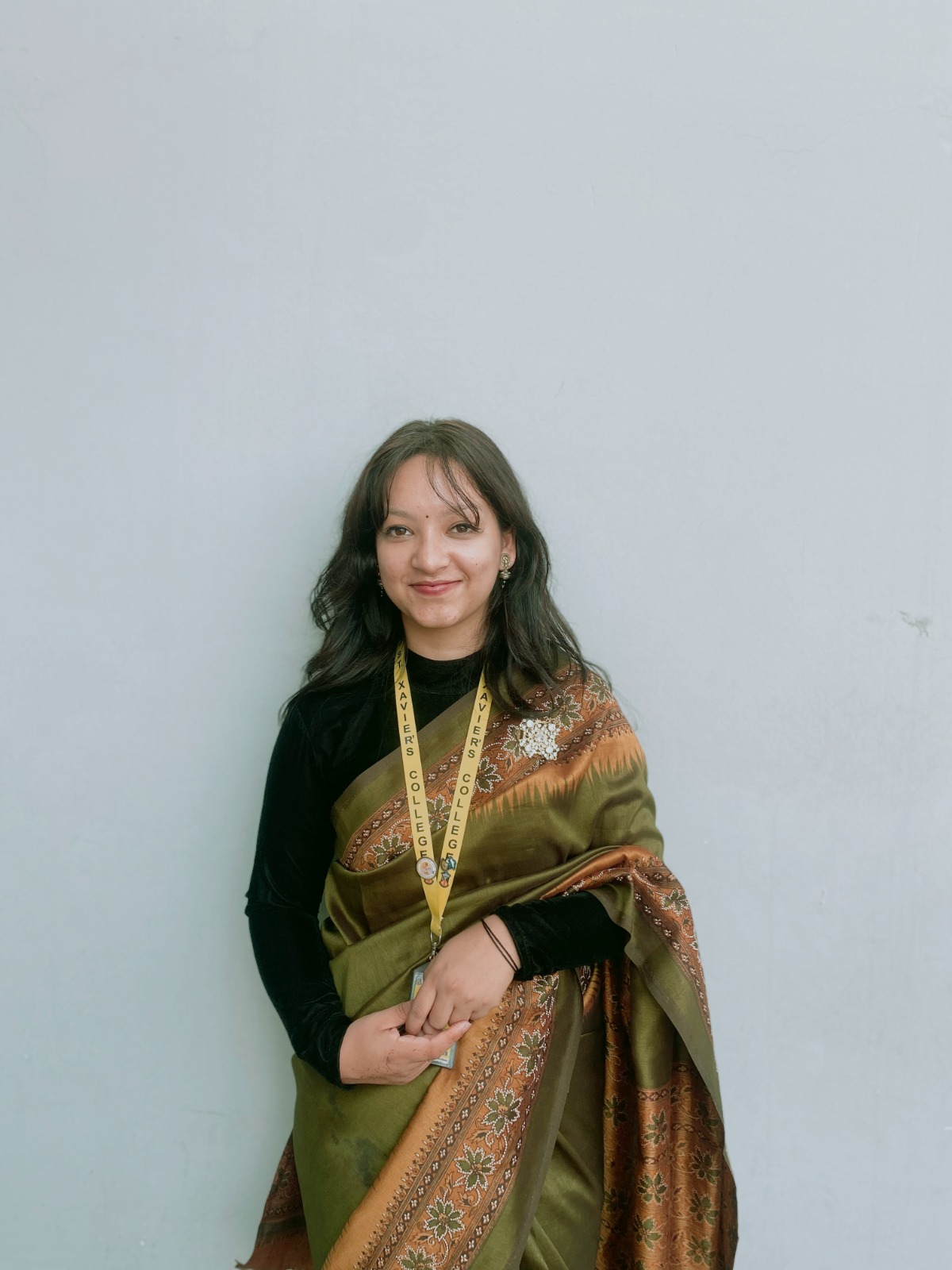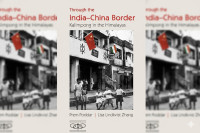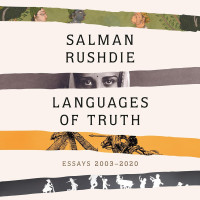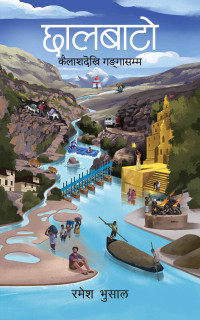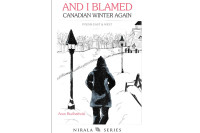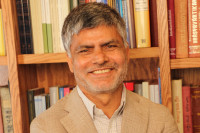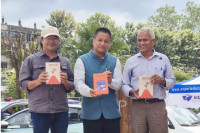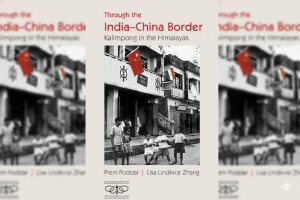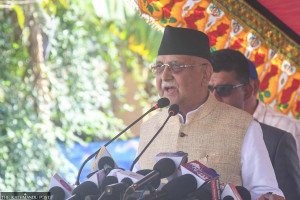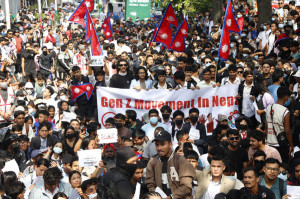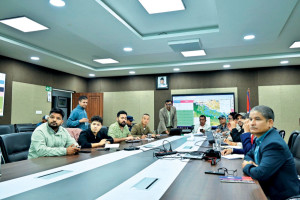Books
When I write, I express myself freely
Sangita Swechcha discusses her writing journey and the challenges of promoting Nepali literature globally.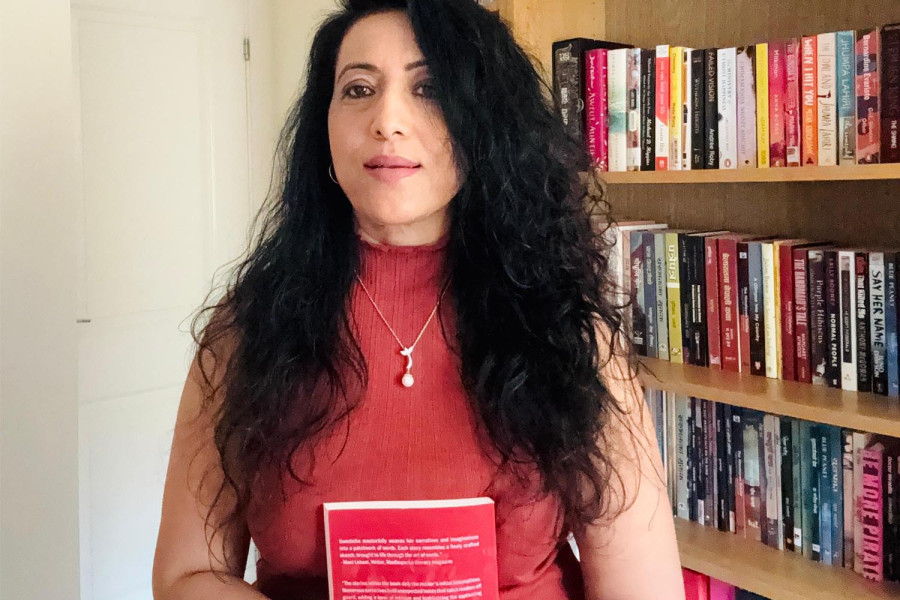
Aarya Chand
Sangita Swechcha is a Nepali writer, poet, and scholar based in England, known for her diverse literary works that span novels, short stories, and poetry. She has published several books, including her debut novel ‘Pakhalieko Siundo’ (1993), which she wrote at 18.
Her recent works include ‘The Himalayan Sunrise: Exploring Nepal's Literary Horizon’ (2021) and ‘A Glimpse Into My Country: An Anthology of International Short Stories’ (2021), which showcase her commitment to bridging Nepali literature with global audiences.
In this conversation with the Post’s Aarya Chand, Swechcha reflects on her writing journey and her experiences with Nepali literature.
You’ve been writing under the pen name ‘Sangita Swechcha’ since childhood. What sparked your passion for creative writing, and how did you choose that pen name?
I chose the pen name to reflect my personal and creative identity. ‘Swechcha’, meaning ‘free will’ or ‘independent wish’ in Nepali, symbolises my belief in artistic and individual freedom. Additionally, since ‘Sangita Shrestha’ is a common name, adopting ‘Swechcha’ gave me a sense of individuality in my literary journey.
My introverted nature and my need for self-expression sparked my passion for creative writing. As a child, I found it easier to convey my thoughts and emotions through writing rather than speaking. The beauty of nature around my home also played a significant role in inspiring me. Writing became a way to process my feelings, observe the world around me, and express myself freely. Over time, it became a deep passion and an essential part of my identity.
How has living in England influenced your writing, compared to when you were based solely in Nepal?
Living in England has given me greater exposure to different cultures, languages, and diverse perspectives, naturally influencing my writing. Being in a multicultural environment has broadened my understanding of people’s experiences, allowing me to incorporate more varied themes and perspectives into my work.
Compared to when I was in Nepal, where my writing was primarily shaped by my surroundings, traditions, and personal experiences, living in England has added new layers to my storytelling. It has helped me reflect more deeply on identity, migration, and belonging themes. Additionally, being away from Nepal has strengthened my connection to my roots, making me more conscious of my cultural heritage and inspiring me to preserve and express it through my writing.
You have recently published a collection of short stories, ‘Rose’s Odyssey’, translated from ‘Gulafsangako Prem’. What was the inspiration behind this book?
The book ‘Gulafsangako Prem’ grew out of an interest in exploring human emotions, relationships, and cultural identity. The stories touch on migration, nostalgia, social expectations, and personal struggles, reflecting Nepali people’s experiences in Nepal and abroad. Some stories focus on Nepali immigrants—their challenges, hopes, and emotions—while others are set in Nepal, showing everyday life and social norms. A few stories also include characters from different backgrounds connected to Nepali lives in various ways.
The idea for the book came together gradually, as I had written and published a few stories earlier and continued adding more over time. Published in Nepali in 2019 as ‘Gulafsangako Prem’, the collection was later translated into English by Jayant Sharma under the title ‘Rose’s Odyssey’. It includes 20 stories set in Nepal, Australia, and the United Kingdom.
As the founder of Book Hill International, how do you envision its role in promoting Nepali literature and writers on a global stage, and what challenges or opportunities have you encountered in the publishing journey so far?
Book Hill International was established in the UK with the aim of raising visibility of Nepali Literature on the global stage. As an extension of Book Hill, one of Nepal’s well-known publishing houses, we build upon a strong foundation while creating new avenues for interantaional outreach and engagement.
Since starting, we’ve worked to bring Nepali voices to wider audiences. Our publication ‘The Himalayan Sunrise’ featured literary work from Nepal, and ‘A Glimpse into My Country’—a short story collection by writers from seven countries—was taught at the University of California, Irvine in 2023–2024. My own collection, ‘Rose’s Odyssey’, has also been discussed. While there are still challenges with visibility, distribution, and translation, these efforts have helped create space for more diverse Nepali stories. We have a few new publications lined up in the UK this year and will continue to support titles from Nepal. The process is ongoing, and we aim to keep building on this work over time.
As Guest Editor for Global Literature in Libraries Initiative (GLLI) Nepali Literature Month, what challenges and opportunities do you see for Nepali literature internationally?
Nepali literature holds immense potential on the global stage, but recognition doesn’t come automatically—it requires consistent effort. One of the main challenges is that many opportunities remain unexplored, and greater initiative is needed from writers, translators, publishers, and advocates. Simply hoping for international attention isn’t enough; we must be proactive in bringing our work to wider audiences.
During my time as Guest Editor for GLLI’s Nepali Literature Month, I saw that when Nepali literature reaches the right platforms, it is genuinely appreciated. This shows that the issue is not the content but the lack of access and exposure. Translation, cross-cultural collaboration, and participation in global literary conversations are key ways forward. With collective and sustained effort, Nepali literature can find a stronger place in the international literary landscape.
What are some unique aspects of Nepali literature that you would like international readers to appreciate?
Nepali literature is known for its rich linguistic diversity, strong connection to nature and spirituality, and evolving narratives around migration and identity. It blends folklore, mythology, and oral traditions with modern storytelling, creating a distinctive literary voice. In my experience, I have found that international readers appreciate Nepali poetry’s raw and organic essence.
Despite this, Nepali literature is often overlooked and grouped under broader South Asian literature, which fails to capture its unique cultural depth. While there are regional similarities, Nepali stories carry distinct richness that needs to be recognised. I hope that through greater translation efforts and global literary collaborations, more international readers will appreciate Nepali literature’s blend of tradition and contemporary themes.
What advice would you give to aspiring Nepali writers?
I believe the learning process for a writer never ends, and there are always new avenues to explore. For aspiring Nepali writers aiming to reach a global audience, it’s essential to invest in translation, continuously refine one’s craft through consistent writing, and stay curious about global literary trends. Engaging with different literary traditions, reading widely, and participating in literary communities all play a vital role in a writer’s growth. Though the journey may be challenging, every meaningful journey begins with a few determined steps.
Sangita Swechcha’s five book recommendations
Americanah
Author: Chimamanda Ngozi Adichie
Publisher: Alfred A Knopf
Year: 2013
In this book, Adichie writes about cultural transformation and the tension between personal identity and societal expectations.
A Thousand Splendid Suns
Author: Khaled Hosseini
Publisher: Riverhead Books
Year: 2007
The story follows Mariam and Laila, two women whose lives intertwine as they navigate the hardships of war-torn Afghanistan.
The Book of Form and Emptiness
Author: Ruth Ozeki
Publisher: Viking
Year: 2021
This beautifully layered novel reflects on loss, resilience, and the connection between people and the material world.
Pagal Basti
Author: Sarubhakta
Publisher: Sajha Prakashan
Year: 1991
Sarubhakta takes us on a psychological journey centred on the relationship between a headstrong woman and a spiritual man.
Ular
Author: Nayanraj Pandey
Publisher: Tanneri Prakashan
Year: 1998
This work of fiction portrays the struggles of a poor cart-puller in rural Nepal and lays bare the society’s deep inequalities.




 20.12°C Kathmandu
20.12°C Kathmandu